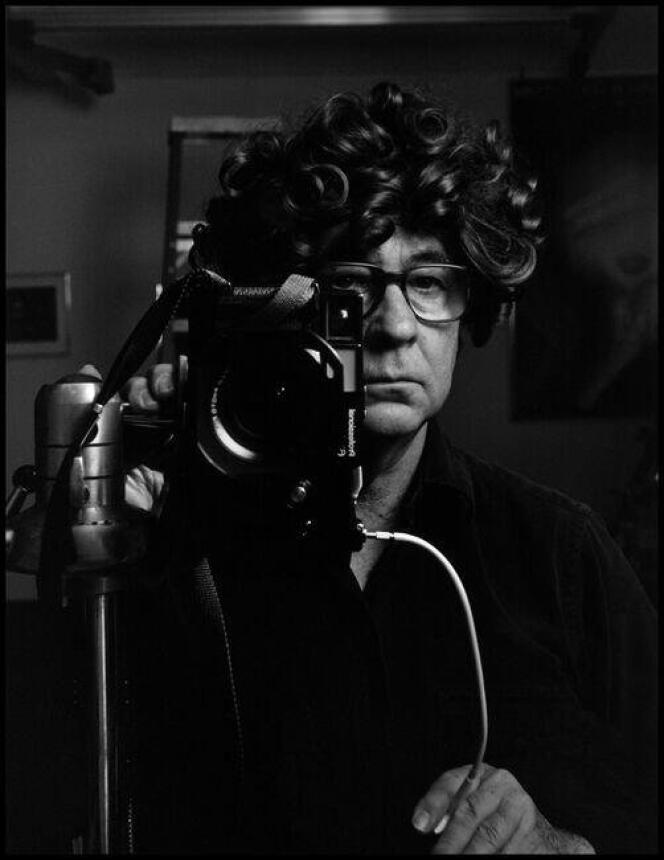


A reporter with an incredibly sharp eye, the doyen of the Magnum agency, Elliott Erwitt achieved the feat of building a major body of work that is both humorous and absurd. "Being funny is more serious than being serious," he confided in 2010, during his exhibition at the Maison Européenne de la Photographie in Paris. "Or rather, to be amusing is not to be not serious. I'm not kidding about humor!" The mischievous American photographer was reluctant to analyze his work and was happy to offer witty or minimalist answers to journalists who came to interview him. His hilarious dog shots and highly graphic images, featured in best-selling books, tended to overshadow his influential political photographs, as well as the rest of his work in fashion, advertising, architecture, portraiture and his many films. Erwitt died at the age of 95, on Wednesday, November 29, in his Manhattan home, after a career that spanned nearly 70 years.
Perhaps in Erwitt's refusal to take himself seriously, there was a desire to thumb his nose at a life he knew to be dark and unpredictable. This tireless globetrotter began his life in Paris, born Elio Romano Erwitz in Paris on July 26, 1928, to a Russian-Jewish family who had fled the Russian Revolution in 1917. During the terrible 1930s, the family traveled from country to country. They went first to Italy, where they watched in horror as Mussolini came to power, then back to France, and barely escaped to the United States in 1939, just a few days before the outbreak of war.
Erwitt's parents split up, and his father took off: at the age of 16, the young man found himself all alone in Los Angeles. But it was in New York, after studying film at the New School for Social Research, that his career as a photographer really began, only to be interrupted when he was sent off to the army. Even then, he took photos that were both funny and bitter, like the one of a black American soldier happily sticking his tongue out at the photographer: "We were training in New Jersey. Half the guys were sent to Korea, and many died. The other half, including me, went to Europe and they had the time of their lives. I was very lucky in life!"
On his return, his career exploded, and he traveled the world to work for magazines such as Look, LIFE and Holiday. The reporter Robert Capa, whom he had met a few years earlier, invited him to join the Magnum agency in 1953, at the age of 25. Edward Steichen, MoMA's director of photography, included one of his images in his successful exhibition, "The Family of Man": a tender photo of a mother gazing down at her child under the eye of a cat – the photographer's own wife and daughter.
You have 60% of this article left to read. The rest is for subscribers only.
